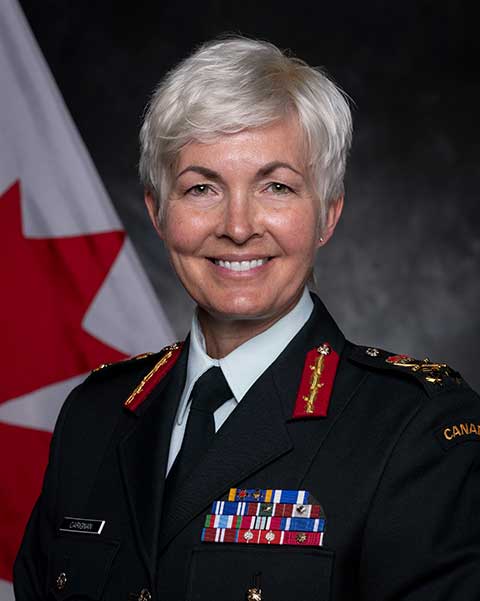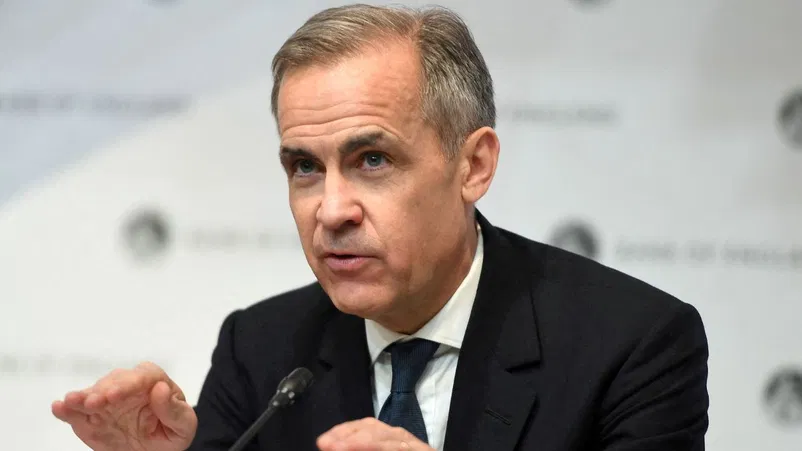Today, Marc Miller, Minister of Immigration, Refugees and Citizenship, unveiled Canada’s 2025–2027 Immigration Levels Plan. This plan introduces a temporary pause in population growth, aiming for a well-regulated and sustainable increase over the long term. For the first time, the plan includes specific targets for temporary residents—international students and foreign workers—alongside permanent residents.
Immigration has been crucial to Canada’s economic growth and recovery. In the wake of the pandemic, Canada faced a shortage of workers essential to its recovery. The government acted swiftly to attract highly skilled international talent to study, work, and integrate into Canada’s economy, accelerating recovery and helping to avert a recession while supporting the workforce.
This transitional plan addresses Canada’s evolving needs by reducing pressure on housing, infrastructure, and social services. Over time, it will support greater economic and social prosperity through immigration. The plan is designed to welcome newcomers in a way that upholds program integrity and fosters long-term success for immigrants, aligning with Canadians’ expectations for a well-managed system.
Under the 2025–2027 Immigration Levels Plan, Canada anticipates a slight 0.2% population decline in both 2025 and 2026 before a projected growth of 0.8% in 2027. These changes reflect reduced immigration targets across various streams, along with expected outflows in the temporary resident population.
In response to Canadians’ feedback, permanent resident targets have been adjusted:
- 395,000 permanent residents in 2025 (down from 500,000)
- 380,000 in 2026 (down from 500,000)
- 365,000 in 2027
The plan also supports limiting temporary resident volumes to 5% of Canada’s population by 2026. Measures introduced earlier this year will reduce the temporary resident count, as more temporary residents transition to permanent status or return home.
Key anticipated reductions in temporary population include:
- 445,901 fewer temporary residents in 2025
- 445,662 fewer in 2026
- A modest increase of 17,439 in 2027
These reductions reflect new policies, including caps on international student entries and stricter eligibility criteria for temporary foreign workers, ensuring that Canada’s temporary programs remain high-quality and focused on economic goals.
Additional measures from the 2025–2027 Plan include:
- Transitioning more current temporary residents to permanent residents, accounting for over 40% of permanent admissions in 2025, thus supporting the workforce without straining social services.
- Emphasizing labor needs in key sectors, including health and trades, with economic class admissions set to make up 61.7% of all permanent residents by 2027.
- Increasing Francophone immigration targets to support community growth, aiming for 10% of admissions by 2027.
This plan leverages existing programs to ensure newcomers and Canadians alike have access to stable jobs, affordable housing, and essential services.



